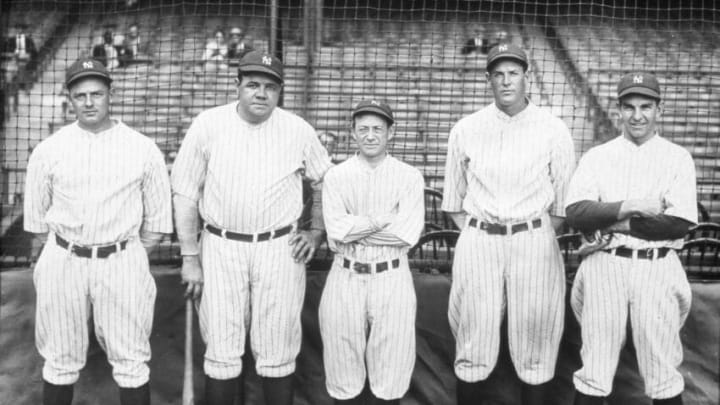Much is being made this week of the familial aspect of Sunday’s Super Bowl. When the Philadelphia Eagles take the field against the Kansas City Chiefs in Phoenix, Jason Kelce will start at center for Philadelphia while younger brother Travis Kelce plays tight end for the Chiefs.
It’s a first in the NFL — having brothers compete against one another for the game’s biggest prize. But sibling competition has occasionally spiced championship contests in other major North American team sports, including in baseball’s World Series.
In fact, there have been 10 occasions, although none in the past 20 years, when brothers were on opposite sides of the competition for a major North American team sport championship.
The last time was in the 2003 Stanley Cup, when the New Jersey Devils defeated the Anaheim Mighty Ducks. New Jersey’s roster included defenseman and alternate captain Scott Niedemayer, whose brother, Rob, was a winger for the Mighty Ducks.
New Jersey won the Cup in seven games.
Prior to that, there had been four such brother meetings in the Stanley Cup, and five in the World Series. Oddly, four of the five World Series brother conflicts occurred within a window of consecutive series in the early 1920s; in the century of World Series play that has unfolded since then, it’s only happened once.
Also oddly, although there have been five brother-against-brother World Series meetings, only three sets of brothers were actually involved.
